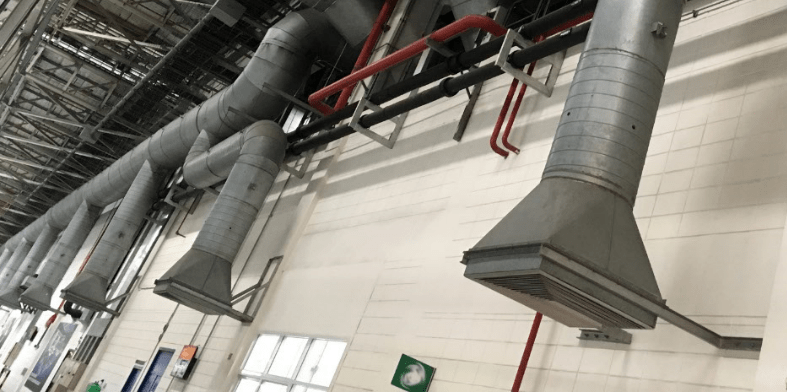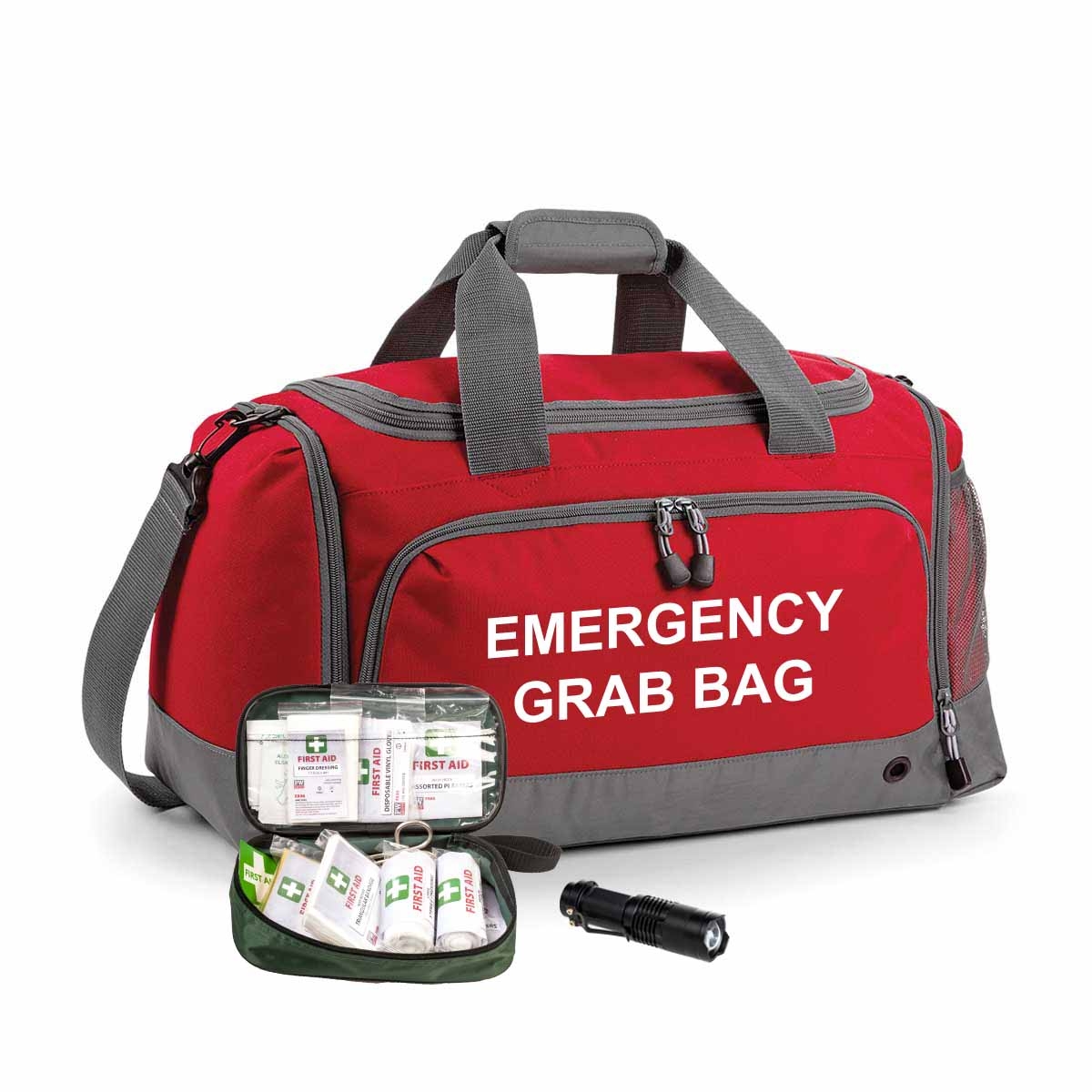 This article is aimed at Operators of Heavy Goods Vehicles (HGVs) but may also be informative to other sectors, the aim of the article is to provide guidance on what a Tyre Management Plan is, addressing the benefits of having an effective plan in place along with the duties and checks of those responsible for tyre management.
This article is aimed at Operators of Heavy Goods Vehicles (HGVs) but may also be informative to other sectors, the aim of the article is to provide guidance on what a Tyre Management Plan is, addressing the benefits of having an effective plan in place along with the duties and checks of those responsible for tyre management.
Driving is one of the most hazardous activities that is carried out within the workplace. In the UK, the charity Brake, report that “every 20 minutes someone is killed or seriously injured on UK roads” furthermore, statistics show that on average, a third of all drivers on UK roads are driving for work purposes.
Prevent & Protect
Many accidents that occur on our roads are preventable. One way to reduce an accident occurring is by ensuring that the tyres fitted to the vehicle(s) are safe to use and are fit for purpose. As the tyres are the only component of the vehicle that has contact with the road it is therefore crucial that they are safe. In the event of a tyre failure or driving with dangerous tyres a serious accident could occur and this is particularly dangerous when on a motorway. By implementing a Tyre Management Plan you can help reduce the likelihood of an accident occurring.
3 Key Reasons to Implement a Tyre Management Plan
- Moral Duty - By implementing a Tyre Management Plan for your fleet you will be protecting lives by having safe vehicles on the road.
- Legal Duty - Under Health and Safety and Road Traffic Law, as an Operator of HGVs you have a legal duty to your employees and to those who are not in your employment to protect from risks arising from workplace activities. Equally, if an HGV is found to be in a dangerous condition you could get an unlimited fine and a prison sentence. Not to mention that Operator’s could have their license revoked, or restricted/amended by the Traffic Commissioner. Furthermore, each bald or defective tyre can carry a fine of up to £2,500 and three penalty points for the driver. In addition, both the Operator and the Driver share responsibility for correct tyre maintenance.
- Having an effective Tyre Management Plan in place can also save your business money in the long-run.
What is a Tyre Management Plan?
It's a management program for ensuring that the tyres on your HGVs are safe and will not lead to tyre failure or put lives at unnecessary risk. As tyres are a crucial part of the vehicle it is important to manage and obtain the most appropriate tyre type for the vehicle based upon the estimated mileage, climatic conditions, and the operation to be carried out including the weight of the load. When assessing the purchase of tyres, it is recommended to consider all available tyres and select the best based on the requirements of the vehicle rather than specifically on cost.
As an Operator you should ensure that all those involved in the management of tyre inspections are trained and competent in carrying out thorough daily walk around checks and understand who to report tyre issues to. They should also understand the markings on the tyre. The daily driver checks form part of the tyre management program and will highlight any dangerous tyres in circulation. It is the duty of the driver to ensure that the tyres fitted to their vehicle are fit for purpose and safe to use.
To carry out a check of the tyres the driver should check the following:
- Check to establish that the wheels and the tyres are secure including the wheel nuts are tight enough.
- Check that the tread depth is no less than 1mm in a continuous band covering at least 75% of the tread width over the whole circumference of the tyre.
- Check that the tyres are inflated correctly as this is vital for the safety and performance of the vehicle. Tyre pressures should be checked when the temperature is at ambient levels. The tyre pressure should be in accordance with the manufacturer’s recommendations and reflective of the load that the vehicle is carrying. Furthermore, if the tyre is under-inflated this can lead to the tyre heating much more quickly and potentially leading to a blowout. Evidence has shown that front tyre blowouts on HGVs have caused some fatal accidents. Also, by having under inflated tyres both the tyre wear and fuel consumption is increased. On the other hand, having over inflated tyres compromises the safety of the vehicle and in wet weather can lead to the potential of aquaplaning due to the lack of contact between the tread and the road surface.
Any equipment used to check the tyre pressures should be regularly calibrated and details of this should be recorded as part of your plan. In addition, by having correctly inflated tyres fitted to a vehicle can prolong the tyre life, giving you the maximum tyre life possible, saving you costs.
Tyre Pressure Monitoring System
Operators of HGVs can go that one step further to maintaining and managing tyre pressures by installing a Tyre Pressure Monitoring System (TPMS) to their vehicle, it is already mandatory in cars but not for other vehicles, like HGVs. The TPMS warns the driver when the tyre pressure drops however it must not be relied on solely and should go together with the physical driver check.
- Check that the tyres have no deep cuts, tears, or bulges in the sidewall of the tyre. Any sign of damage must be dealt with and the tyre taken out of service to prevent the likelihood of a blowout occurring especially if driving on a motorway.
- Check to see if the chord is visible anywhere on the tyre. If the chord is exposed, then the tyre is illegal and must be disposed of.
- Check to see that there is no debris trapped between the twin wheels.
- Check for irregular wear to the tyres including any wear pattern as this could be a sign the wheel alignment position may be out leading to the tyres to get worn out quickly and unevenly.
- Check that the tyres on twin axels are of the same brand otherwise if not the casing characteristics maybe different.
Whilst completing the walk around ensure defects identified are recorded. If no issues were highlighted still log the daily check, where defects have been identified they must be reported to the appropriate person, this could be your Transport Manager, so that appropriate remedial action can be taken. As part of the Tyre Management Plan senior personnel within the company such as a Transport Manager should monitor to ensure that these checks are being carried out and that the issues addressed have been rectified. Ideally, as part of the review identify if there are any reoccurring factors such as tyre failure trends.
Equally, as part of your Tyre Management Plan document the date of manufacturer of a tyre and the vehicle it is currently on, then as part of the vehicle checks the driver can compare the date with the vehicle. The date of manufacturer is marked on the sidewall of the tyre as a DOT code, calendar week and the year. Tyres of more than ten years old should not be used, and where they are to be used a risk assessment should be completed taking into consideration the speed, the vehicle load, and the area of where the vehicle will operate such as an urban area.
In addition to the physical tyre checks, Operator’s of yards should ensure that they are kept in a clean condition and free from debris. It was reported in a presentation by Gary Powell of Bridgestone, that from a study carried out, 56% of tyres failed because of debris penetration.
Safe Tyre Storage
-
- Tyres that are not currently in use should be stored in a cool, dry place away from contact with sources of heat, away from direct sunlight and/or away from strong artificial lighting.
- Tyres should be stored away from electrical equipment and away from any contact with oil or hydrocarbon solvents or lubricants.
- When tyres are no longer required to be used you should develop a policy outlining the correct means of disposal. If tyres are burned, they produce dangerous toxins and is an offence.
Ensure that the plan is working efficiently, and that Operators of vehicles are not going to put themselves or others at risk from tyre failure routine spot checks including the storage area on-site and yard areas. Check that all paperwork is up to date and actioned where appropriate, this should be conducted by another Senior Professional as well as the Transport Manager and if any concerns are highlighted then these must be actioned.
By implementing an effective Tyre Management Plan not only are you saving lives by not exposing individuals to unnecessary risks, but you are able to save costs in the long run. For further information regarding road safety please see the HSE guidance for Managing Work-Related Road Safety, and also their guide to Workplace Transport Safety.
Get in touch today if you have any health and safety concerns relating to your business, or if you need guidance from our expert Safety Consultants to implement a Tyre Management Plan.
Article written by Angela Laycock, Wirehouse Health and Safety Advisor.






